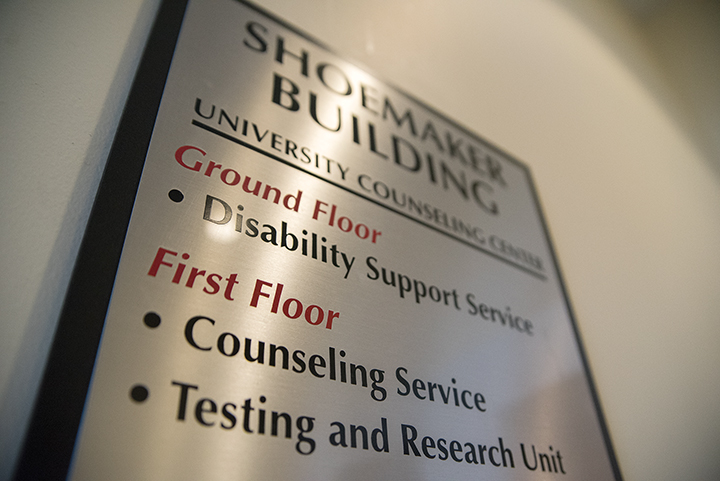Views expressed in opinion columns are the author’s own.
The mental health crisis in this country continues to be expressed in violence, underscoring tragedy and loss. Centuries of stigma, cultural barriers and lack of access to resources make seeking counseling a daunting task for much of the population — a population in which, according to the Substance Abuse and Mental Health Services Administration, almost one-sixth of adults experience mental illness, and yet less than half of them received help in 2014.
College students are especially vulnerable to mental illness while on campus, where stress from homework, tests, professional development and personal commitments can feel overwhelming. And in the same way we have no one to teach us what adulthood will be like, we’re also never taught how to use mental health resources. The University of Maryland Counseling Center offers free psychological services and is advertised as an open resource for the community, but there are so many barriers around getting help that it’s nowhere near as effective as it ought to be.
Scholars Promoting and Revitalizing Care, a student-led group formed in 2015, recently highlighted the extensive wait times some students face when trying to schedule a counseling appointment, which can extend “30 days too late,” in the words of their latest campaign. The backlog at the Counseling Center is too high for staff to manage, and it creates a competition for resources among students who need aid. Instead of getting support in a timely manner, they may need to harbor stress and turmoil for weeks as the Counseling Center goes through their list, or they must determine to escalate the situation to an emergency.
[Read more: This student group says counseling comes “30 days too late” at UMD]
This puts further burden on students struggling with their mental health. They’re forced to evaluate the legitimacy of their problems, whether it’s worthwhile for them to potentially wait a month to meet with someone and if they are truly in the midst of a mental health emergency — something that might have no outward expression.
Moreover, students are limited to eight appointments over 12 months, so add the anxiety of trying to get your psyche sorted out with a time limit. Although counseling services are free, they create the perceived need to squeeze out all the value you can get from those limited sessions.
Student demand for counseling services has increased, and the program itself has lost funding in recent years, so barriers to accessibility haven’t been diminishing. The Counseling Center has a reputation for being backed up and an unreliable source of help. It has become daunting to approach this university’s staff for help for an issue people already lack guidance on.
And other colleges have expanded their mental health services to help students through a variety of settings and mediums in response to growing need. For example, the University of Minnesota allows students to informally meet with a mental health professional in a public space without going through the full process of their dedicated counseling center. It’s also increasing its staff of therapists and exploring different modes of consultation.
Altogether, it’s clear this university isn’t meeting the mental health needs of its students. Putting the onus on them to self-advocate can easily lead to some of the most vulnerable people slipping through the cracks. It doesn’t bode well for this university, or for the future of this country.
Sona Chaudhary, opinion editor, is a sophomore English and geology major. She can be reached at sonachaud@gmail.com.



